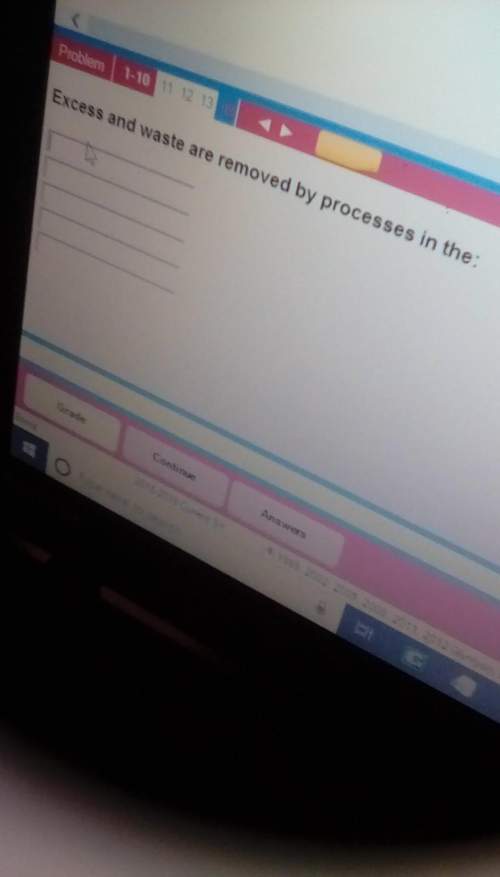
Biology, 15.04.2020 18:32 HighSchool97654
Kate has a big APPsychology test coming up tomorrow. She and several classmates gettogether to do some final studying. Discuss how each of thefollowing concepts may help or hinder Kate and her classmatesduring their study session and/or subsequent testing experience.**Be sure to first define and then apply the concepts to thescenario. Be sure to explain how your application illustrates thegiven term.1.Short term memory capacity2.Serial position curve3.Forgetting curve4.Proactive5. Parallel distributed processing model6.Semantic versus visual encoding (comparison)7. Context dependence memory

Answers: 1
Another question on Biology

Biology, 21.06.2019 12:30
Apower plant recently purchased land and will be building a large factory on wetlands in florida. which of these is not an environmental effect of destroying these wetlands? question options: destroying the wetlands will create a loss of habitat for many species. destroying the wetlands will create flooding. destroying the wetlands will create species to relocate to a new area. destroying the wetlands will change the climate in this area.
Answers: 1

Biology, 21.06.2019 15:00
Metamorphic rocks are formed when sedimentary or igneous rocks are subjected to heat or pressure and recrystallize without melting. which of the following rocks results from the metamorphism of limestone? a. granite b. slate c. sandstone d. marble
Answers: 1

Biology, 22.06.2019 00:30
Compare and contrast cladistics and phylogeny. what are their advantages and disadvantages? which is the most useful in understanding how an organism developed into its current form? which concept most strongly supports your opinion about the origin of any given organism?
Answers: 1

Biology, 22.06.2019 06:30
Step 1 review the imaginary strand of dna below. note the complementary base pairs. a g c a a t c c g t c t t g g t c g t t a g g c a g a a c c step 2 to begin replicating this strand of dna, draw the two sides of the strand separating. step 3 now, draw the free-floating bases linking up with the separate sides. remember to follow the rules of complementary base pairing. step 4 draw the two resulting dna strands.
Answers: 1
You know the right answer?
Kate has a big APPsychology test coming up tomorrow. She and several classmates gettogether to do so...
Questions



Mathematics, 05.05.2020 10:37

Mathematics, 05.05.2020 10:37





Physics, 05.05.2020 10:37

Mathematics, 05.05.2020 10:37





Biology, 05.05.2020 10:37

History, 05.05.2020 10:37

Computers and Technology, 05.05.2020 10:37






